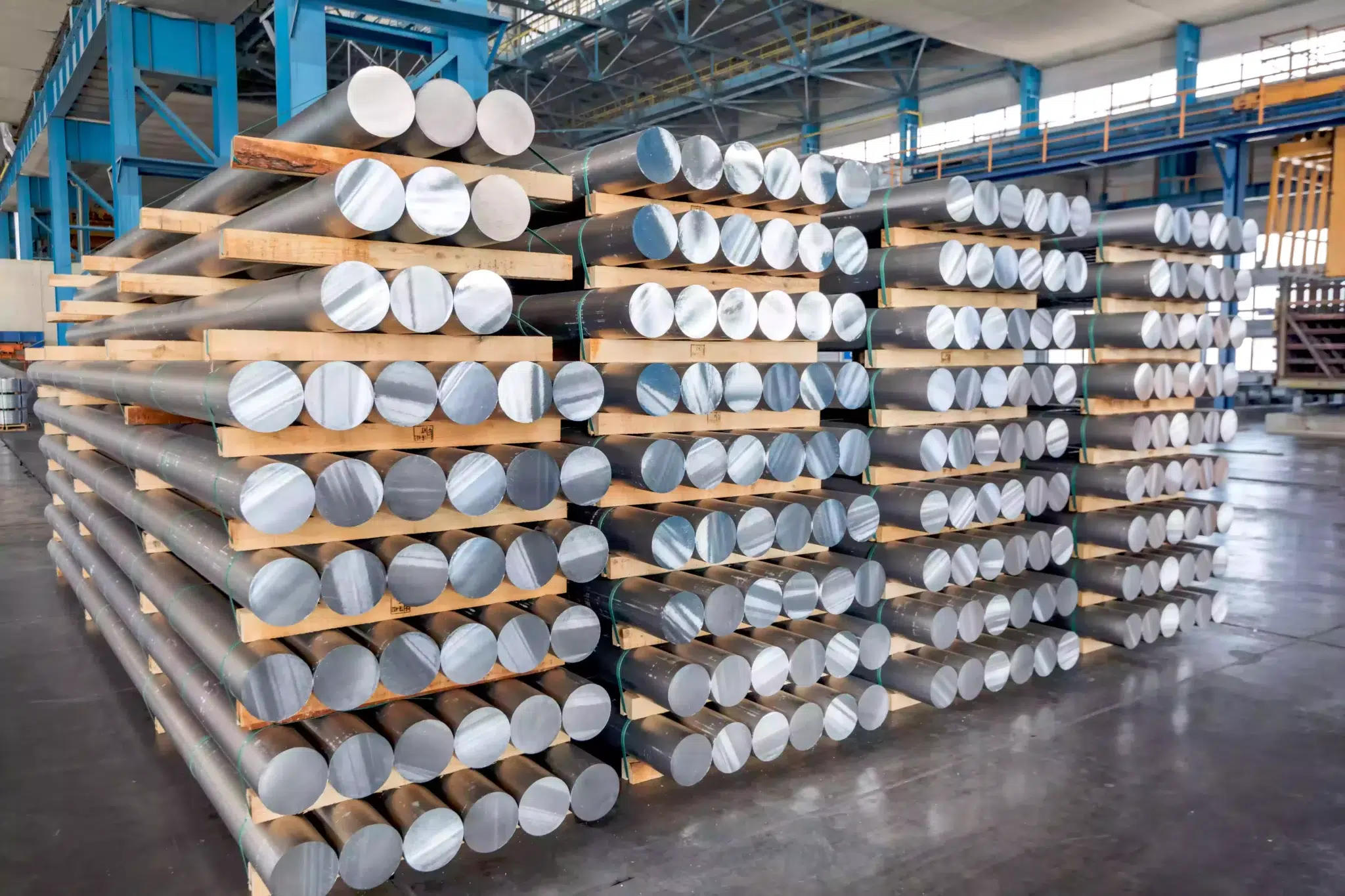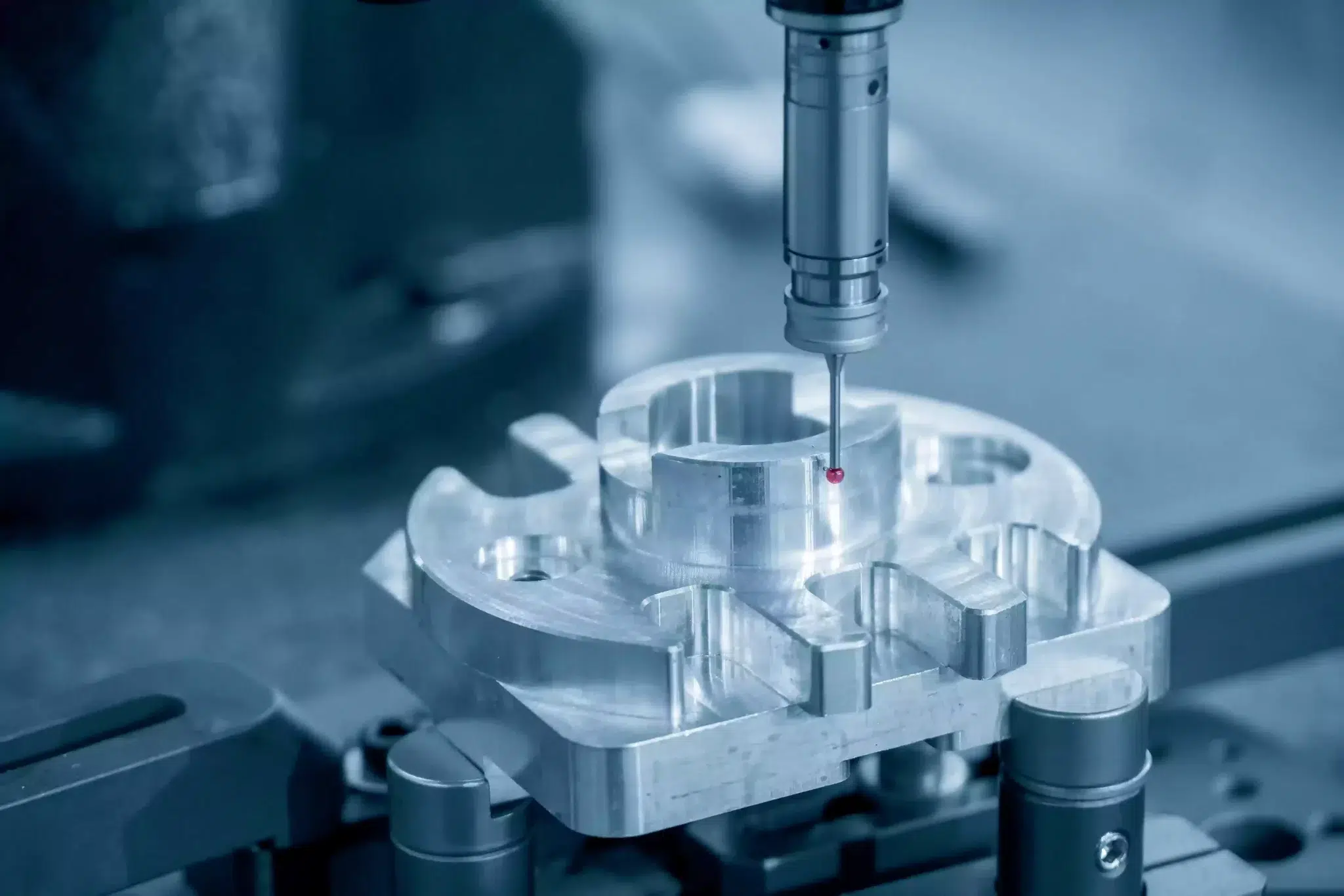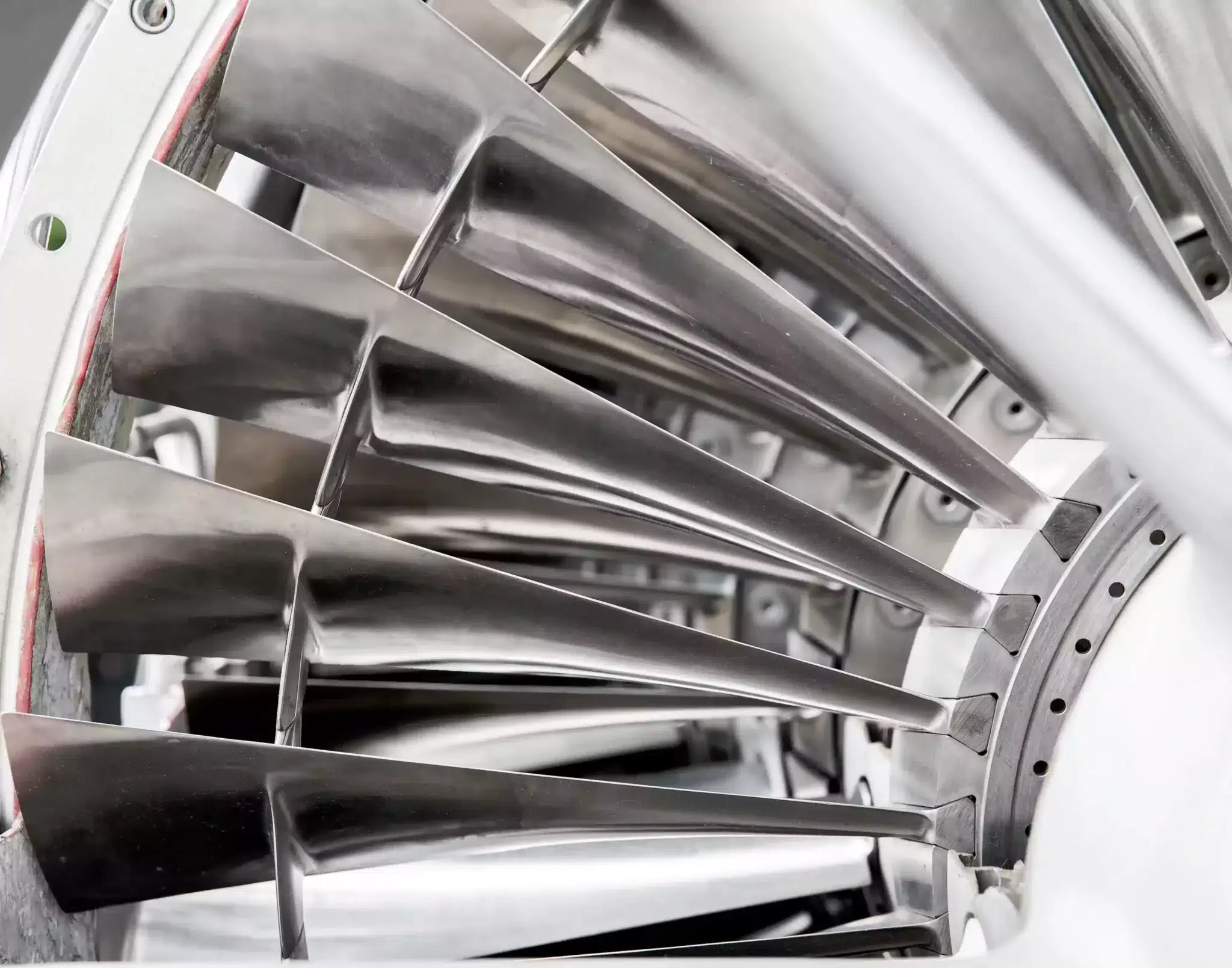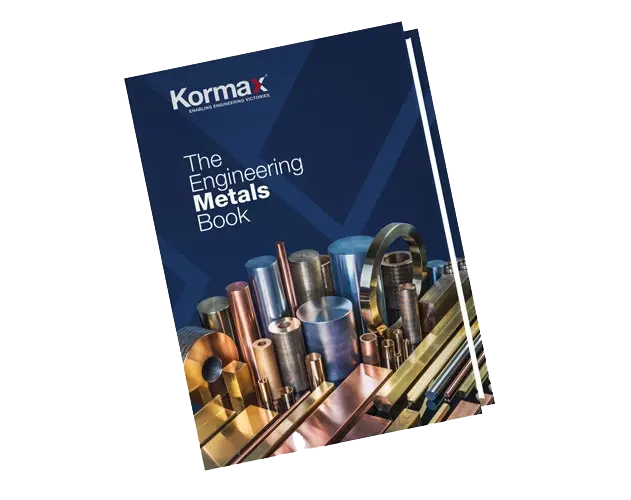With its high strength-to-weight ratio, low cost, and ready availability, aluminium has been behind many of the most groundbreaking engineering feats of the last hundred years, from space flight to canned food. This article presents a guide to the aluminium grading system and discusses how to choose the best alloy for your application.
Basic Properties of Aluminium
Pure aluminium is a light, non-magnetic metal with a high strength-to-weight ratio and good corrosion resistance, which it gets from a thin outer layer of oxide. In its pure form, aluminium is a soft metal, offering excellent workability but low strength, which is the main reason it is so often alloyed with other metals.
The Aluminium Grading System
Aluminium is grouped into eight grades depending on the other metals it is alloyed with. Within these grades, each alloy is given a four-digit number.
The first digit in each four-digit number indicates the main alloying element. Grade 1xxx is the group of “pure” aluminiums, containing 99% or higher aluminium. Grade 2xxx aluminums are copper alloys, grade 3xxx are manganese alloys, and so on. The next second digit refers to the degree of impurity control in the base aluminium, while the third and fourth digits are simply designators of that particular alloy.
What Are the Properties of the Different Grades of Aluminium?
The alloyed metals in each grade are added to enhance certain qualities in the aluminium. Aside from strength, the qualities these alloys aim to maximise include formability or workability, weldability, machining, corrosion resistance, and heat treating.
Aluminium Tempers
Some alloys can be further strengthened through heat treatment. The resulting materials are called “tempers” and are designated by the letter ‘T’ followed by a number (e.g. T1, T2), which is then added to the end of the alloy number (e.g. 6061-T1).
What to Consider When Choosing an Alloy
While some aluminiums are especially versatile, there is no “one size fits all” solution. When one quality is enhanced by the alloying process, others are diminished; for instance, strength is often sacrificed for workability. This is why it is important to take all qualities into consideration when deciding which alloy is most suitable for your needs.
The first step is to calculate the requirements of your project and then select the metal that best matches those criteria. You can use the table at the end of further below in this article to compare the characteristics of each grade, narrowing down the options to arrive at the one most suited to your intended use.
High-Strength Alloys
Alloys in the 7xxx series use zinc as its primary agent as well as small amounts of other elements like magnesium to increase strength and allow precipitation hardening. They have the greatest tensile strength of any grade, particularly 7075 aluminium, which rivals many types of steel. However, they have lower corrosion resistance and workability than other aluminiums and are not suitable for welding. Due to their excellent strength-to-weight ratio these alloys are commonly used from aerospace and motorsport industries to everyday items like sports equipment. The copper-alloyed 2xxx aluminiums also have an excellent strength-to-weight ratio.
They are heat-treatable with outstanding hardness and machinability, but like the 7xxx series, they have lower corrosion resistance.

General Purpose Alloys
Alloys in the 6xxx series are among the most versatile aluminiums. They use silicon to lower melting temperature and improve fluidity, and magnesium to improve strength and strain hardening ability. An alloy like 6061 aluminium offers medium-to-high strength, very good corrosion resistance, and good weldability, but with reduced strength in the weld zone. One of the most versatile and widely used aluminium alloys with good corrosion resistance and formability, its common applications include automotive, aviation and marine parts as well as electrical fittings, food processing, and health equipment. Other general purpose aluminiums include 3003 and 5052.

Variations Within Grades
Individual alloys within the same grade can have widely disparate properties and suitable applications. Compared to 6061, 6082 aluminium has a slightly different ratio of magnesium and silicone to the base aluminium. This gives it a higher tensile strength but lower workability, meaning that it cannot be work hardened. When choosing an alloy, always discuss your needs with a qualified engineer.
Table of Aluminium Grades
| Aluminium grade | Main alloying elements | Heat-treatable | Strength | Corrosion resistance | Workability / formability | Common applications |
| 1xxx | Unalloyed (99% Al) | No | Poor | Excellent | Excellent | Electrical wires, chemical tanks, pipe systems, aluminium foil |
| 2xxx | Copper | Yes | Excellent | Average | Average | Aerospace, military vehicles, rocket parts |
| 3xxx | Silicon, magnesium, copper | Yes | Good | Very good | Excellent | Roofing & guttering, street signs, cooking utensils |
| 4xxx | Silicon | Yes | Good | Average | Excellent | Automotive industry, welding wire |
| 5xxx | Magnesium | No | Very good | Excellent | Excellent | Marine applications, welding wire |
| 6xxx | Magnesium, silicon | Yes | Very good | Good | Very good | Architectural, marine, welding wire |
| 7xxx | Zinc | Yes | Excellent | Excellent | Average | Aerospace, armoured vehicles, sporting equipment |
| 8xxx | Other (lithium, iron, tin) | – | – | – | – | Experimental in design, created for specific purposes within specialist industries like aerospace. |
Contact Kormax Today
Our experienced material experts are ready to discuss your next project and offer advice on the optimal material for your product. To speak to one of our team, you can contact us online or by phone via the contact section of our website.


